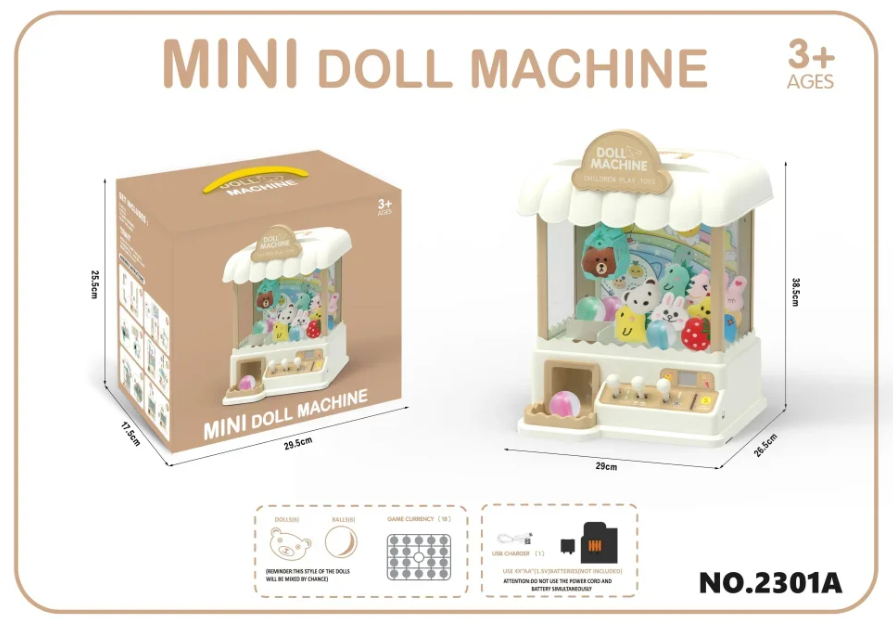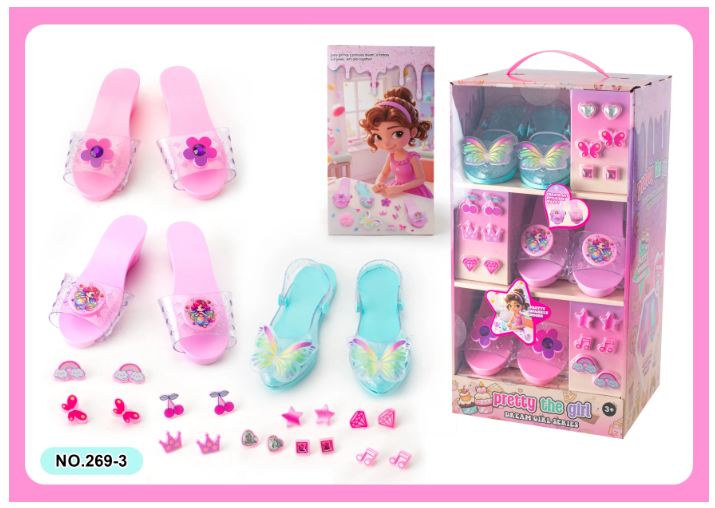In recent years, the fashion industry has undergone a seismic shift, largely driven by the rise of fast fashion. This phenomenon, characterized by the rapid production of inexpensive clothing in response to the latest trends, has transformed how consumers engage with fashion. As we delve into the intricacies of fast fashion trends, we will explore their implications, the driving forces behind them, and how consumers can navigate this ever-evolving landscape.
Understanding Fast Fashion
Fast fashion refers to the business model that enables retailers to bring the latest runway styles to the mass market at breakneck speed. Brands like Zara, H&M, and Forever 21 epitomize this model, producing new collections weekly rather than seasonally. This approach not only caters to consumers' desire for novelty but also capitalizes on the immediacy of social media and influencer culture, where trends can emerge and fade within days.
The Driving Forces Behind Fast Fashion Trends
- Consumer Demand for Variety: Today's consumers are more fashion-conscious than ever, influenced by social media platforms like Instagram and TikTok. The desire for constant novelty drives brands to churn out new designs rapidly, creating a cycle where consumers feel compelled to purchase frequently to stay on-trend.
- Technological Advancements: Innovations in manufacturing and supply chain logistics have enabled brands to produce garments more efficiently. Technologies such as 3D printing and automated cutting machines have reduced production times, allowing brands to respond to trends almost in real-time.
- Globalization: The interconnectedness of global markets has facilitated the sourcing of materials and labor at lower costs. This has allowed fast fashion brands to maintain competitive pricing while expanding their reach to a broader audience.
- Sustainability Concerns: Ironically, the fast fashion model has sparked a growing awareness of sustainability issues within the industry. As consumers become more environmentally conscious, brands are beginning to adapt by incorporating sustainable practices, such as using recycled materials and promoting ethical labor practices. However, the effectiveness of these initiatives remains a topic of debate.
Current Fast Fashion Trends
- Micro-Trends: The rise of micro-trends—short-lived styles that gain popularity quickly—has become a hallmark of fast fashion. These trends often originate from social media influencers or viral moments, leading to a frenzy of consumer purchases. For instance, the resurgence of Y2K fashion, characterized by low-rise jeans and crop tops, exemplifies how quickly styles can come back into vogue.
- Inclusivity and Diversity: Fast fashion brands are increasingly recognizing the importance of inclusivity in their marketing and product offerings. This includes expanding size ranges and featuring models of diverse backgrounds, which resonates with a broader audience and reflects societal shifts toward inclusivity.
- Digital Fashion: The emergence of digital fashion, particularly in the realm of virtual reality and gaming, is reshaping how consumers engage with clothing. Brands are exploring virtual clothing collections that can be worn in digital spaces, appealing to tech-savvy consumers and reducing the environmental impact of physical production.
- Sustainable Fast Fashion: As mentioned earlier, the push for sustainability is influencing fast fashion trends. Brands are experimenting with eco-friendly materials, transparent supply chains, and circular fashion models, where garments are designed for longevity and recyclability.
Navigating the Fast Fashion Landscape
For consumers, navigating the fast fashion landscape requires a discerning eye and a commitment to making informed choices. Here are some strategies to consider:
- Invest in Quality Over Quantity: Rather than succumbing to the allure of cheap, trendy items, consumers should prioritize quality pieces that offer longevity. This not only reduces waste but also promotes a more sustainable wardrobe.
- Stay Informed: Understanding the implications of fast fashion on the environment and labor practices can empower consumers to make ethical purchasing decisions. Researching brands and their practices can help identify those that align with personal values.
- Embrace Second-Hand Shopping: Thrifting and shopping at consignment stores can provide access to unique pieces while reducing the demand for new fast fashion items. This approach supports a circular economy and promotes sustainability.
- Support Sustainable Brands: As the industry evolves, many brands are emerging with a focus on sustainability and ethical practices. Supporting these brands can drive change within the industry and encourage fast fashion retailers to adopt more responsible practices.
Conclusion
Fast fashion trends are a reflection of our rapidly changing world, driven by consumer demand, technological advancements, and a growing awareness of sustainability. As the landscape continues to evolve, it is crucial for consumers to engage thoughtfully with fashion, balancing the desire for novelty with a commitment to ethical and sustainable practices. By doing so, we can contribute to a more responsible fashion industry that values both style and sustainability.


